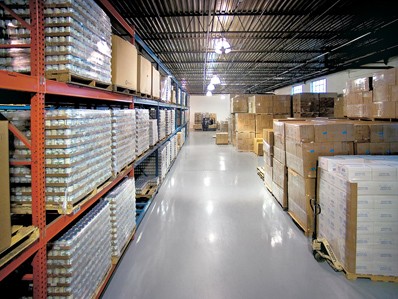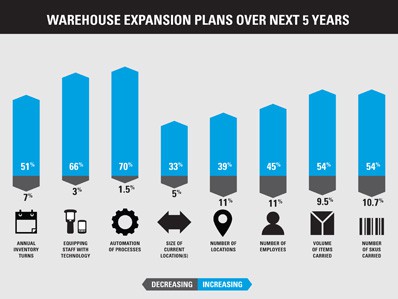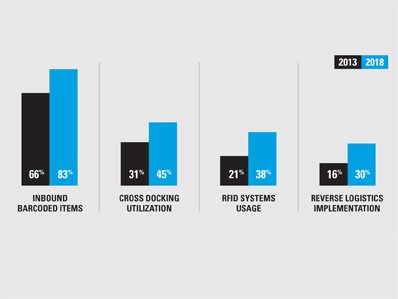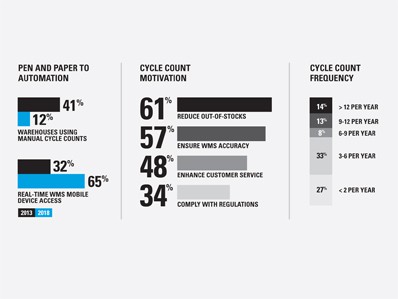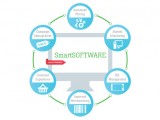|
News
Poll
How do you rate Honeywell Batteries products in terms of quality?
|
|
From cost center to growth center: Warehousing 2018
How warehousing operations and IT professionals are responding to the significant changes and challenges facing the industry over the next five years.
A growing complexity
At its most basic, warehousing is a simple concept. It’s about storing materials or goods and filling orders from one end of the supply chain to the other. But in the real world of today, tomorrow and especially five years from now, warehousing is evolving to become anything but simple. Today’s warehousing professionals are feeling significant pressures from multiple internal and external sources.
The global recession affected the industry in many ways. In an effort to free up capital, there were major cuts in held inventory, adding capacity was de-prioritized and expansion of existing or construction of new warehouses and distribution centers scaled back or halted altogether. Now, as the economy has begun to grow, warehouse operations are growing again, too. But as they grow, they are also being transformed by a number of issues that go well beyond simple increases in volume and throughput.
New warehousing realities
Today’s warehouse professionals face a series of significant changes in the ways warehouses, distribution centers and the entire supply chain operate. More facilities and larger spaces demand high-speed mobile communications virtually everywhere on or off the floor. A virtual across-the-board customer demand for personalization is driving an increase in the number of SKUs leading to increased inventory visibility, accuracy and efficiency needs. New regulations call for more accurate product tracking and tracing. The movement to re-shoring is bringing manufacturing and other business closer to the customer, creating a need for more efficient and effective cost and labor management. Fuel cost volatility impacts logistics and much more. The growth of omnichannel transactions creates the need for increased inventory control, flexibility and faster, more accurate fulfillment. All these factors contribute to the need to convert warehouses and distribution centers into assets for competitive differentiation.
Cost center to growth center
Responses to the Zebra survey create a snapshot of how warehouse IT and operations professionals across a number of vertical markets view their operations today, and where they see them going by 2018. In aggregate, survey responses reveal a forward-looking new way of viewing the warehouse: no longer as a pure cost center in which operational focus is placed almost exclusively on wringing out inefficiencies and inaccuracies in order picking, but increasingly as a powerful asset that can drive profitable growth for the business with a heightened focus on improving inbound, storage and outbound material handling.
Reality to vision: the future of warehousing
As the global economy continues to recover, the warehousing industry—after a period of marking time while under intense pressure to reduce inventory levels to free up capital—is now in the position of having to quickly keep pace with today’s increased fulfillment demands. The industry must also anticipate the areas in which even greater growth will occur in the next five years and beyond. This has vast ramifications for both operations and IT. Of course, before you start planning for the future, your organization must first identify its current status, honestly answering the question, “where are we now?” Once you have a handle on today’s reality, you’ve got to clarify your vision of where you want to be in two, three, four and five years, and make the critical decisions of where to invest, and what types of investments should be considered. Respondents to the survey represent many organizations currently in the midst of making these assessments and decisions.
|















